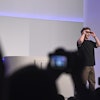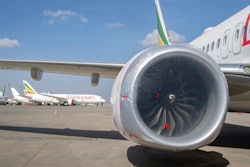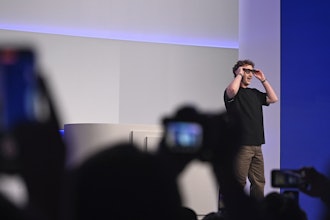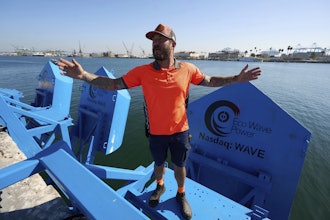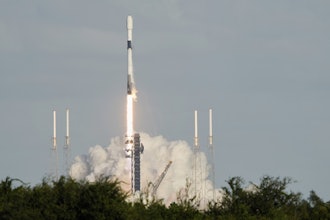
Southwest Airlines says Boeing did not disclose that it had deactivated a safety feature on its 737 Max jets until after one of the airliners crashed last year.
At issue is an alert that tells pilots if a sensor — called an "angle of attack" (AOA) indicator — is transmitting bad data about the pitch of a plane's nose. The sensor's alerts had been operational in previous versions of the 737 but were switched off in the 737 Max.
The news first appeared Sunday in The Wall Street Journal. The Journal also reported that Federal Aviation Administration safety inspectors and supervisors did not know about the change either. The FAA declined to comment.
In a statement Sunday, Southwest said that the safety feature was "depicted to us by Boeing as operable on all Max aircraft." Only after a Lion Air 737 Max crashed in Indonesia last Oct. 29 did Boeing say the feature wasn't turned on, Southwest said.
The Max was grounded after a second crash, involving an Ethiopian Airlines jet, on March 10.
In response to the Journal story, Boeing said that as the Max planes return to service "all customers will have the AOA disagree alert as standard."
Earlier this month, an Ethiopian government report found that a malfunctioning sensor sent faulty data to the 737 Max 8's anti-stall system, forcing down the nose of the jet. The pilots could not regain control of the aircraft; 157 died in the crash. Last year's Lion Air crash killed 189.

